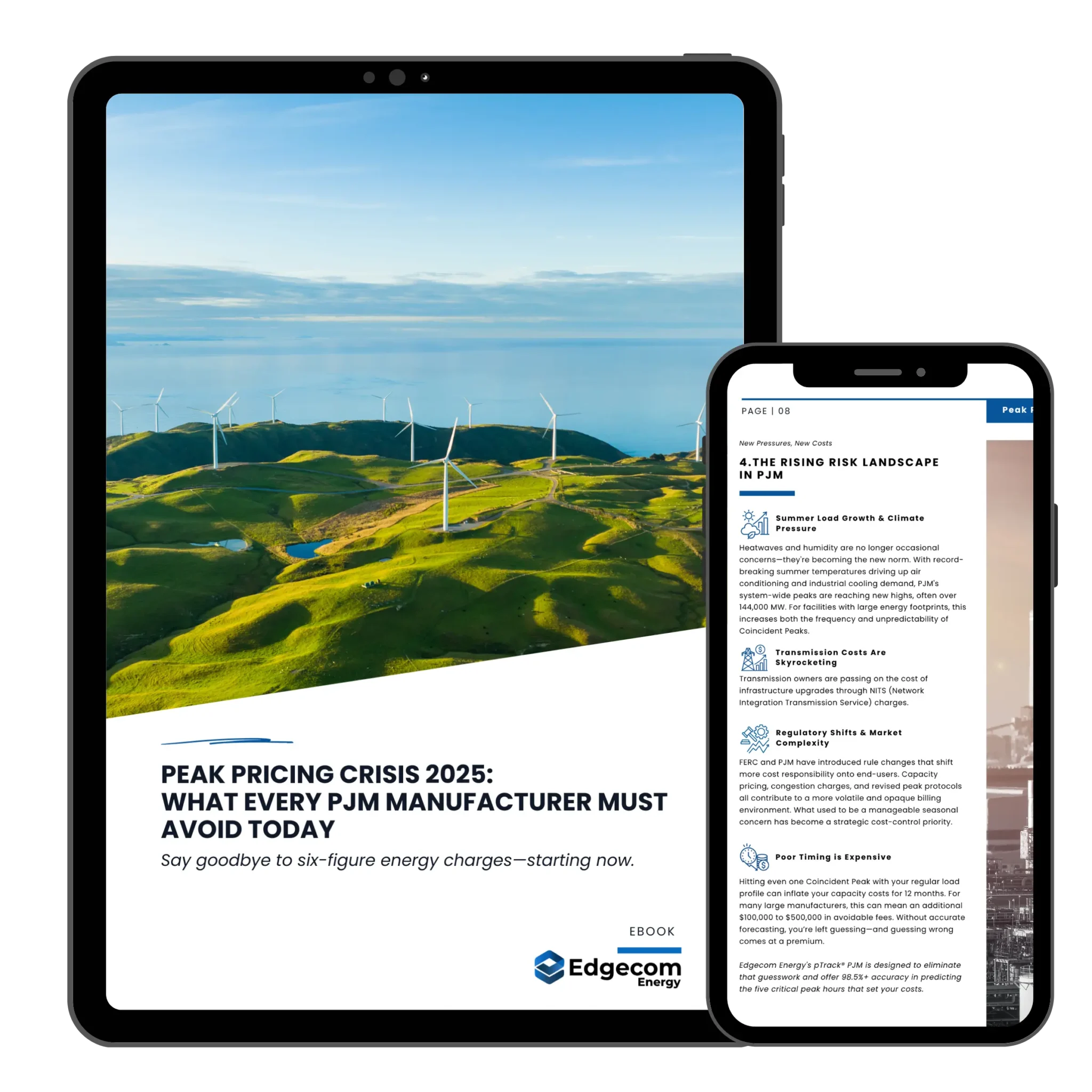Ontario’s energy market is evolving to meet the needs of a more sustainable and reliable grid. The Demand Response (DR) Capacity Auction is a key development in this transformation. This innovative mechanism balances supply and demand, ensures grid stability, and promotes energy efficiency. Central to this process are demand response aggregators, who act as intermediaries between the grid operator and electricity consumers. In this blog, we will explore the intricacies of Ontario’s Demand Response Capacity Auction and the vital role of aggregators in this ecosystem.
What is the Demand Response Capacity Auction?
The Demand Response Capacity Auction is Ontario’s Independent Electricity System Operator (IESO) initiative. It is designed to procure demand-side resources that can reduce or shift their electricity usage during peak demand periods or times of grid stress. Unlike traditional power generation resources, demand response resources involve consumers adjusting their energy consumption patterns in response to signals from the grid operator.
The auction process allows the IESO to secure commitments from various participants to reduce their load during critical times. These commitments help ensure grid reliability, particularly during periods of high demand, extreme weather conditions, or unexpected generation outages. By leveraging demand response, Ontario can reduce its reliance on costly and carbon-intensive peaking power plants, thereby enhancing the sustainability and affordability of the electricity system.
How Does the Demand Response Capacity Auction Work?
The Demand Response Capacity Auction operates on a competitive bidding process. Here’s a step-by-step overview of how it works:
- Announcement and Registration: The IESO announces the auction and opens registration for participants. Eligible participants include large commercial and industrial consumers, residential aggregators, and demand response aggregators.
- Bid Submission: Participants submit their bids, indicating the amount of load reduction they can provide and the price they are willing to offer this reduction. Bids are evaluated based on their cost-effectiveness and the reliability of the proposed load reductions.
- Auction Clearing: The IESO clears the auction by selecting the most cost-effective bids to meet the required capacity target. Successful bidders enter into capacity agreements with the IESO, committing to reduce their load when called upon.
- Activation and Performance: During high demand or grid stress periods, the IESO activates demand response resources by sending signals to participants. These participants must then reduce their load as per their capacity agreements. Performance is monitored to ensure compliance and effectiveness.
The Role of Demand Response Aggregators
Demand response aggregators are pivotal players in the capacity auction process. They act as intermediaries, facilitating the participation of smaller consumers who might not have the resources or expertise to participate directly in the auction. Below is how aggregators contribute to the demand response ecosystem.
Resource Pooling
Aggregators pool together the load reduction capabilities of multiple smaller consumers, creating a sizable and reliable demand response resource. This aggregation enables smaller consumers to participate in the auction and contribute to grid reliability collectively.
Market Expertise
Aggregators possess specialized knowledge of the energy market and demand response programs. They help consumers understand the benefits of participation, navigate the auction process, and optimize their load reduction strategies.
Technology and Infrastructure
Aggregators invest in technology and infrastructure to enable real-time communication and load control. This includes advanced metering, automated demand response systems, and data analytics to monitor and verify performance.
Risk Management
Aggregators can spread non-performance risk across multiple participants by aggregating resources. This risk management approach ensures a more reliable and predictable demand response resource for the grid operator.
Ontario’s Demand Response Capacity Auction is a forward-thinking initiative that leverages demand-side resources to enhance grid reliability, reduce costs, and promote sustainability. Demand response aggregators play a crucial role in this process by pooling resources, providing market expertise, and enabling broader consumer participation. As Ontario continues to innovate in its energy market, the collaboration between the IESO, aggregators, and consumers will be essential in building a resilient and efficient electricity system for the future.
Edgecom Energy is an experienced Demand Response Aggregator. If you’re interested in learning more, contact us.

